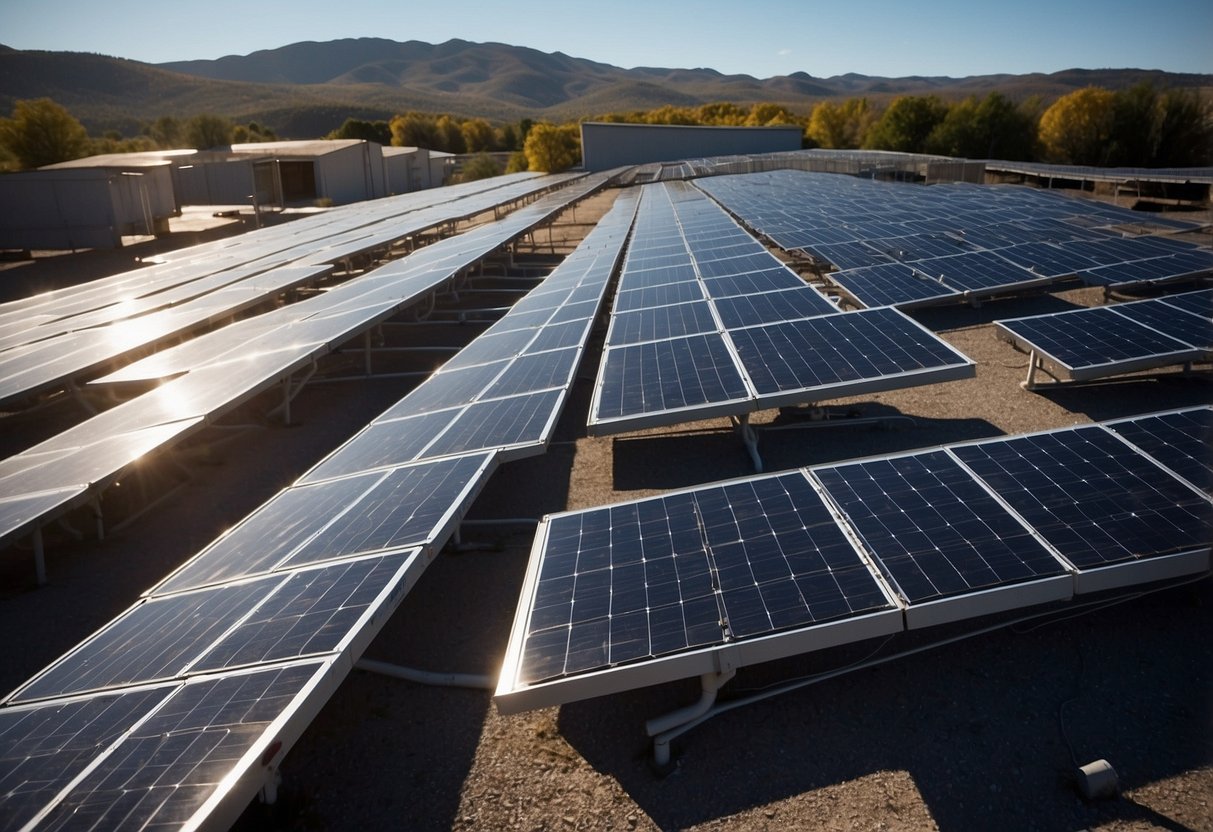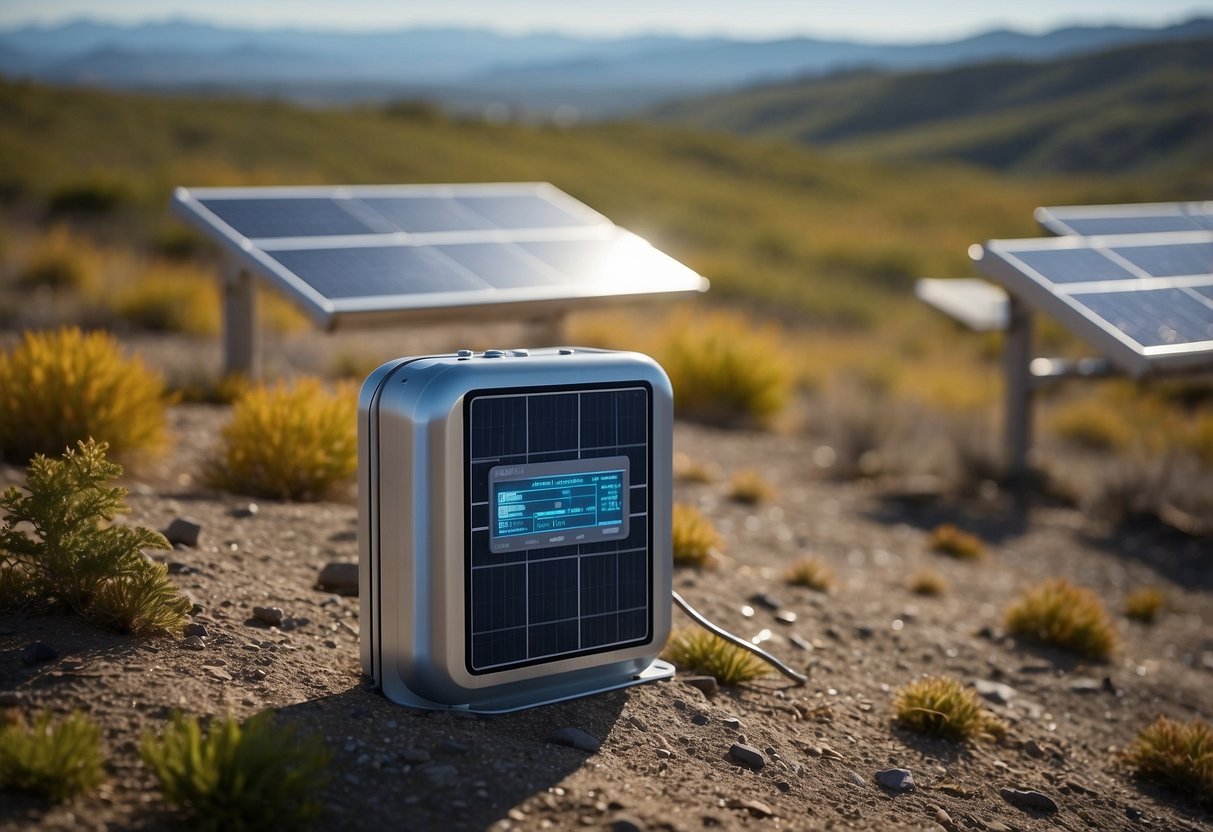
3. Bioenergy with Carbon Capture and Storage (BECCS)
Bioenergy with Carbon Capture and Storage (BECCS) represents a promising innovation in renewable energy. This technology involves generating energy from biomass sources, such as plant and animal materials. The carbon dioxide produced during this process is then captured and stored underground, preventing it from entering the atmosphere.
BECCS leverages the natural carbon absorption capability of plants. As plants grow, they absorb carbon dioxide from the air. When these plants are used to generate energy, the captured carbon dioxide is sequestered, which can result in a net removal of carbon from the atmosphere.
This technology aims to address both energy generation and carbon reduction. BECCS can contribute to negative emissions, meaning it can remove more carbon dioxide from the atmosphere than it produces, thus helping to mitigate climate change.
Implementation of BECCS on a large scale could support global efforts to reduce greenhouse gas emissions. The process involves the use of advanced technologies for efficient carbon capture and long-term storage, often in geological formations.
The development of BECCS requires significant investment and infrastructure. Research and pilot projects are crucial to demonstrate its feasibility and scalability, making it an area of active interest for both scientists and policymakers.
4. Hydrogen Fuel Cells

Hydrogen fuel cells generate electricity through a chemical reaction between hydrogen and oxygen, producing only water and heat as byproducts. This makes them an environmentally friendly alternative to fossil fuels.
Applications of hydrogen fuel cells are vast. They can be used in vehicles, providing a cleaner option than traditional internal combustion engines. Stations for refueling hydrogen are becoming more common, supporting wider adoption.
Beyond transportation, these cells are also useful in backup power systems and portable power units. They offer reliability and can function effectively in a range of environments, from urban centers to remote locations.
The efficiency of hydrogen fuel cells varies, but they generally convert around 40-60% of the fuel’s energy into electricity. Advancements in technology continue to improve this figure, making hydrogen fuel cells an increasingly viable energy source.
The infrastructure required for hydrogen production and distribution is still under development. Investment in this area is critical to ensure the widespread use of hydrogen fuel cells in multiple industries.